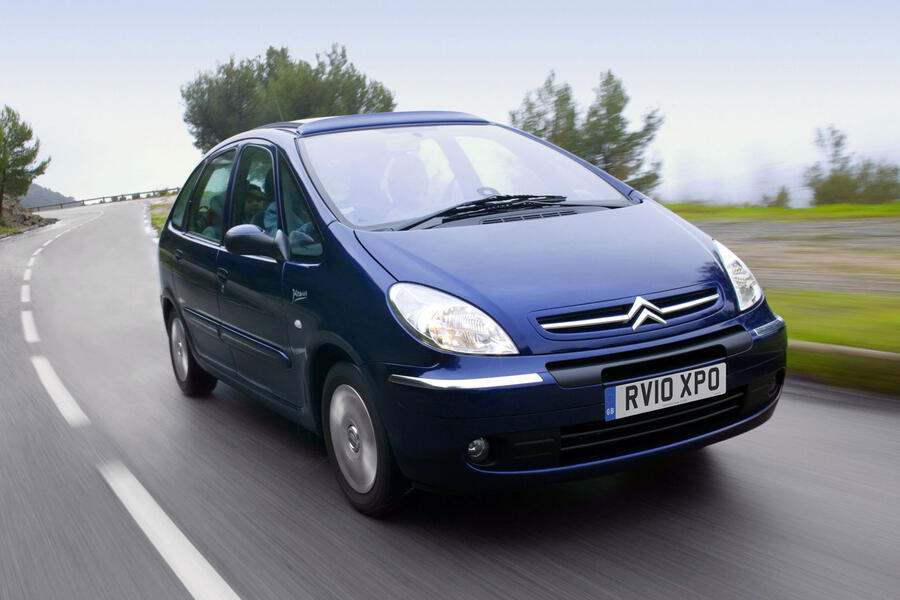SUVs accounted for nearly half of all car sales globally last year – or did they?
Is the Tesla Model Y an SUV? If you were, say, an activist against urban-dwelling 4x4s, would you be inclined to put a narky sticker on the windscreen of one or pop a lentil into one of its tyre valves so that it would get a flat?
I ask because the popularity of SUVs has hit new heights. Automotive data firm Jato Dynamics has announced that global sales of them rose 16% last year to 36.72 million, or 47% of all new cars sold. In many developed markets, SUVs are now the dominant models. And the Model Y is a big part of it. With sales up 64%, it’s the world’s favourite car, taking 1.22 million sales in 2023, easily outselling the second-placed Toyota RAV4 (1.08 million) and in the process making an EV the world’s top-selling car for the first time.
Tesla calls the Model Y an SUV, so does Jato, and it’s undoubtedly a tall car. But it’s indicative of the lines between traditional market segments blurring that it’s uncontroversial to refer to it as an SUV. Once, we considered the term ‘SUV’ to be simply an Americanism for ‘4x4’. They were the same thing, both having a serious off-road focus. But ‘SUV’ has since diverted from ‘4x4’.
Notably, Land Rover refers to the Discovery as an SUV but the Defender as a 4x4. And ‘SUV’ clearly stretches much further towards road-focused vehicles than that, because the Model Y Performance’s ground clearance is just 157mm – only 19mm more than the Model 3 saloon’s.
The bigger difference between the two is their relative heights. The Model 3 is 1441mm tall and the Model Y is 1624mm tall, a 183mm difference.
The discrepancy isn’t what happens under the car, then, but what happens inside a cabin that’s more than 15cm taller. Rather than having rough-road ambitions, a modern SUV is often just a roomier car than a traditional saloon, estate or hatchback with a seating position that’s easier to slide into, better visibility, more head room, more luggage space and, if the seating is more upright, more leg room. All of these things are appealing to families.
This means that all an SUV is today is the customer-acceptable face of a Citroën Picasso or Ford Galaxy. It’s an MPV in everything but name and with less drab looks.

There are plenty of cars that tell people they’re SUVs, which have an entirely road focus and are no more lifted off the ground than a Volkswagen Sharan but have bonnets and cladding where an MPV would have slab sides and a huge glass area.
Where this matters is when it comes to what we blame SUVs for. The International Energy Agency has said that “the trend towards heavier and less efficient vehicles such as SUVs, which emit roughly 20% more emissions than an average medium-sized car, has largely nullified the improvements in energy consumption during recent decadesâ€.
Now, the physics are what they are: SUVs have a bigger frontal area than hatchbacks, because their bodies are taller, and the inevitable effect of that on overall aerodynamic drag (CdA, the drag coefficient times the frontal area) means they use more fuel than a smaller car. And we hate them for it. But we never hated spacious cars when they were MPVs. People didn’t let down the tyres on a Galaxy or Sharan for not being a Mondeo or Passat. And yet in large parts, the efficiency drawbacks were the same, just as the undoubted space benefits to the consumer were the same.
Personally, I prefer smaller, lighter, more efficient cars. But it’s no wonder that cars shaped more practically now account for almost half of all of those sold. I just wonder whether we need to call many of them something else.

